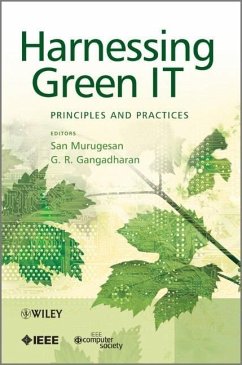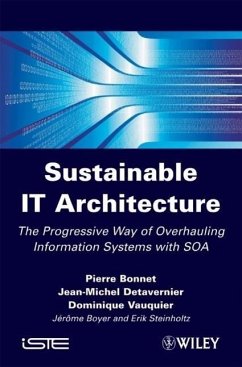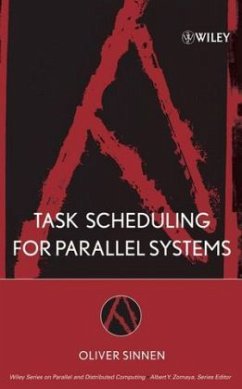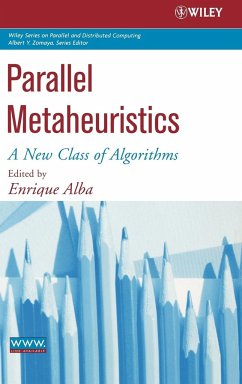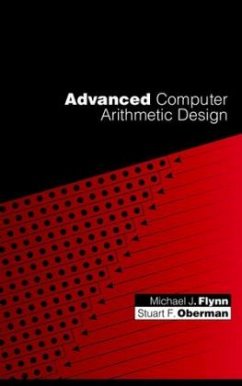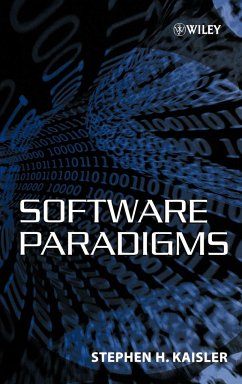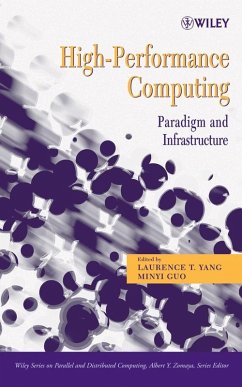
Safety of Computer Architectures
Versandkostenfrei!
Versandfertig in über 4 Wochen
159,99 €
inkl. MwSt.
Weitere Ausgaben:

PAYBACK Punkte
80 °P sammeln!
It is currently quite easy for students or designers/engineers to find very general books on the various aspects of safety, reliability and dependability of computer system architectures, and partial treatments of the elements that comprise an effective system architecture. It is not so easy to find a single source reference for all these aspects of system design. However, the purpose of this book is to present, in a single volume, a full description of all the constraints (including legal contexts around performance, reliability norms, etc.) and examples of architectures from various fields o...
It is currently quite easy for students or designers/engineers to find very general books on the various aspects of safety, reliability and dependability of computer system architectures, and partial treatments of the elements that comprise an effective system architecture. It is not so easy to find a single source reference for all these aspects of system design. However, the purpose of this book is to present, in a single volume, a full description of all the constraints (including legal contexts around performance, reliability norms, etc.) and examples of architectures from various fields of application, including: railways, aeronautics, space, automobile and industrial automation.
The content of the book is drawn from the experience of numerous people who are deeply immersed in the design and delivery (from conception to test and validation), safety (analysis of safety: FMEA, HA, etc.) and evaluation of critical systems. The involvement of real world industrial applications is handled in such as a way as to avoid problems of confidentiality, and thus allows for the inclusion of new, useful information (photos, architecture plans/schematics, real examples).
The content of the book is drawn from the experience of numerous people who are deeply immersed in the design and delivery (from conception to test and validation), safety (analysis of safety: FMEA, HA, etc.) and evaluation of critical systems. The involvement of real world industrial applications is handled in such as a way as to avoid problems of confidentiality, and thus allows for the inclusion of new, useful information (photos, architecture plans/schematics, real examples).



